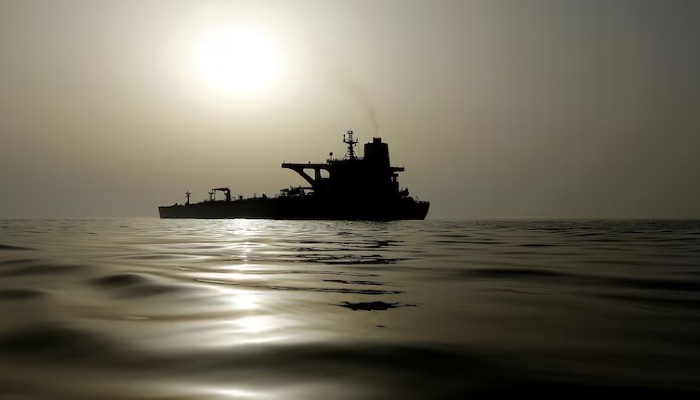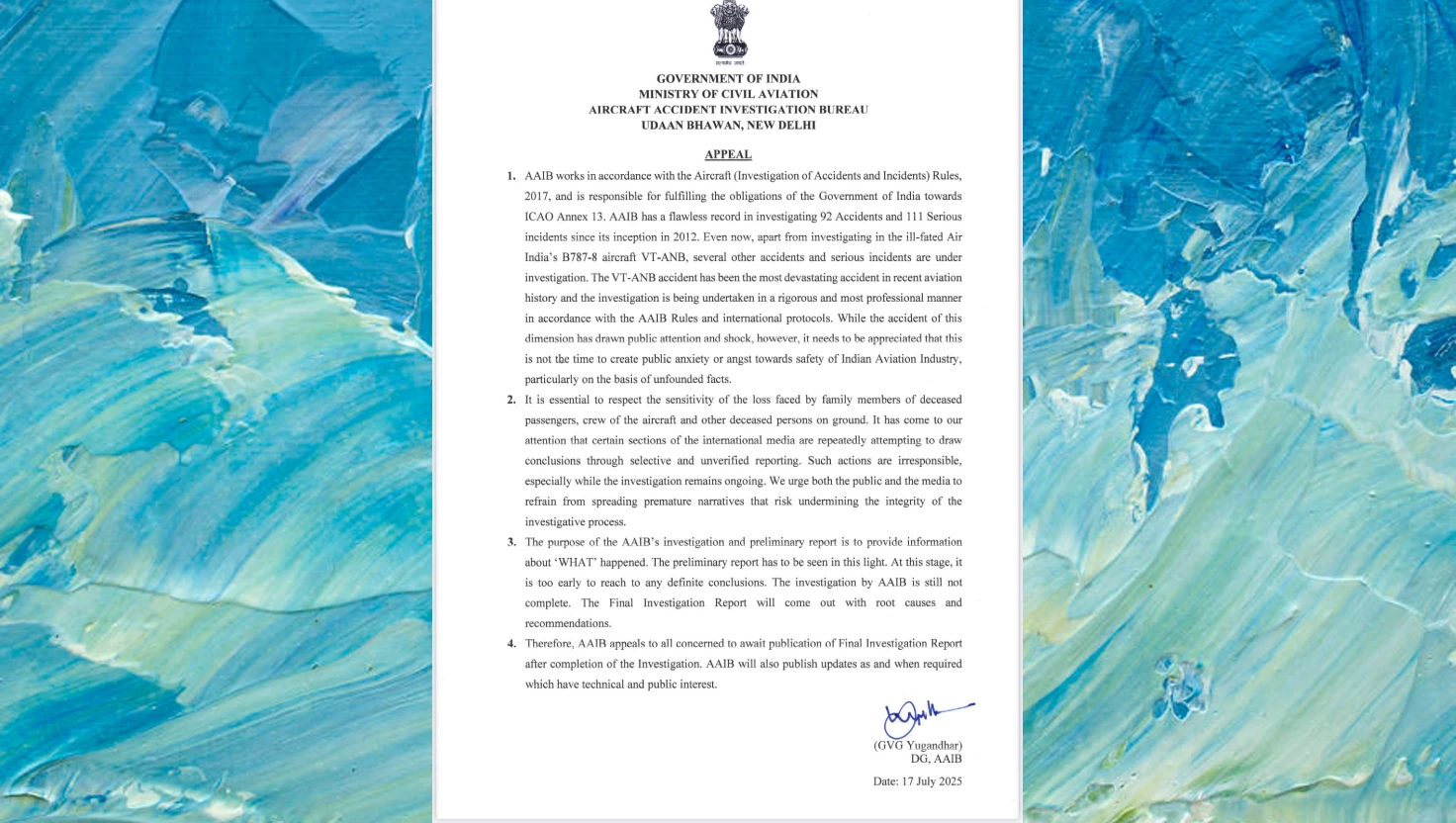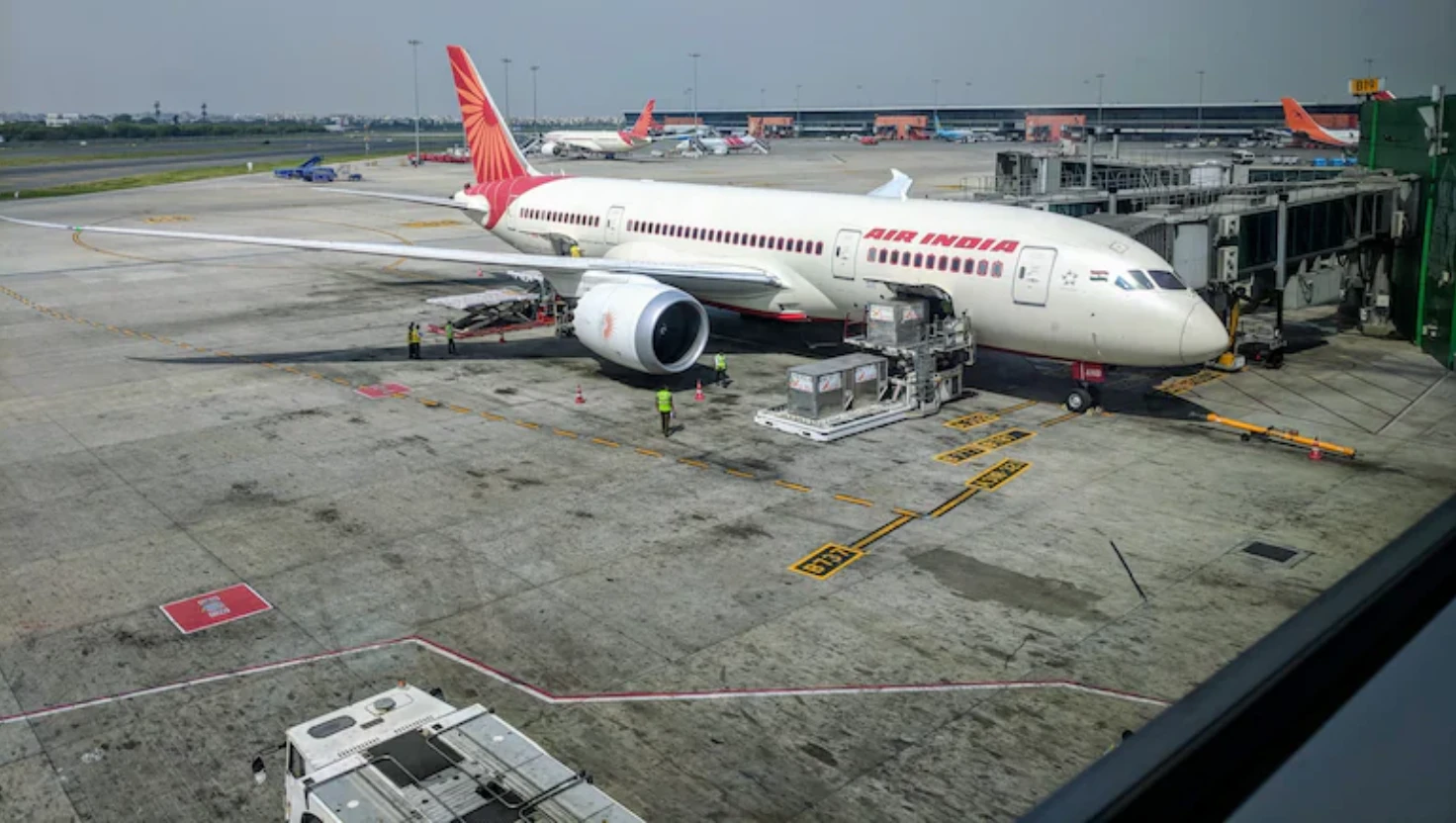India to Invest $10 Billion in Domestically Built Oil Tanker Fleet

Representative Image
India plans to spend $10 billion on 112 crude oil tankers by 2040 to boost energy security and strengthen its domestic shipbuilding industry.
India to Build Crude Carrier Fleet as Part of Maritime Expansion Plan
India has announced plans to invest $10 billion (approximately 850 billion rupees) to develop a fleet of domestically built oil tankers, according to sources familiar with the proposal. The move comes as the country seeks to reduce reliance on foreign-built vessels and enhance long-term energy security.
According to individuals with knowledge of the matter, the plan involves the purchase of 112 crude oil carriers by 2040, with the first phase targeting 79 vessels. Of these, 30 will be medium-range tankers. An initial order for 10 ships is expected to be placed as early as this month. Only tankers built in India, even if constructed with foreign collaboration, will be eligible for procurement.
Energy Security Through Indigenous Shipbuilding
India is the world’s third-largest importer of crude oil and currently relies heavily on chartered vessels owned by international operators to transport its imports. The majority of ships operated by state-owned oil companies are ageing and sourced from abroad. Officials within the Indian shipping and petroleum ministries have expressed an intention to address this strategic vulnerability.
While the Indian government has made international commitments to shift towards cleaner energy, domestic demand for oil and petroleum products continues to rise. India’s refining capacity is projected to grow from approximately 250 million tonnes to 450 million tonnes per year by the end of the decade, driven by both domestic consumption and overseas exports.
"The move is significant from an energy security perspective, especially given the high level of dependence on China for these services,” Rajiv Jalota, former chairman of the Mumbai Port Trust, was quoted as saying. “The world needs to develop alternatives.”
Ambitious Targets for Fleet Expansion
Under the new initiative, the Indian government aims to increase the share of locally built oil tankers in the national fleet from the current 5% to 7% by 2030. By 2047—a year India has designated as its target for achieving developed nation status—that share is intended to rise to 69%.
The Ministry of Shipping and the Ministry of Petroleum have not publicly confirmed the plan. Nor has the Press Information Bureau responded to media queries. However, officials speaking on condition of anonymity have indicated that the broader strategy includes enhancing maritime capacity for transporting coal, fertiliser and steel in addition to crude oil.
Challenges in Domestic Shipbuilding
India’s shipbuilding industry remains modest in scale and lacks the production capacity to meet global standards. According to experts, this is due in part to the limited domestic demand for new ships. However, the government’s approach is intended to stimulate the sector by generating predictable, long-term demand.
Currently, India’s largest domestically constructed oil tanker, the MT Maharshi Parashuram, is significantly smaller than some of its global counterparts. With a length of 238 metres and a deadweight tonnage of just over 93,000 metric tonnes, it is dwarfed by vessels such as the Oceania—a supertanker owned by China’s Minsheng Financial Leasing—measuring 380 metres and capable of carrying more than 441,000 metric tonnes.
To help bridge this gap, the government is encouraging partnerships with international shipbuilders. South Korea’s HD Hyundai Heavy Industries is reportedly in discussions with India’s Cochin Shipyard to establish a new facility in Kochi, a coastal city in the southern state of Kerala. Indian authorities have also held preliminary talks with Japanese shipping company Nippon Yusen KK (NYK Line) and South Korea’s Samsung Heavy Industries.
Strategic Maritime Investments
Earlier this year, Indian Prime Minister Narendra Modi’s administration unveiled a 250 billion-rupee fund aimed at revitalising the country’s maritime sector. One of the programme’s core objectives is to enhance domestic shipbuilding capabilities and reduce dependence on foreign vessels.
Officials suggest that economies of scale in shipbuilding will become feasible if global manufacturers choose to establish production facilities in India. The government is positioning itself as an attractive destination for such investments by offering incentives and regulatory support.
The plan to develop a national fleet of oil tankers aligns with India’s broader goals of bolstering economic resilience, expanding its industrial base, and asserting greater control over critical supply chains.
Context: A Global Race for Maritime Control
India's announcement comes at a time when several countries are reconsidering their maritime strategies in light of geopolitical tensions and global supply chain disruptions. The COVID-19 pandemic, the Russia-Ukraine conflict, and broader shifts in energy trade have underscored the vulnerability of heavily import-dependent nations.
By focusing on indigenous shipbuilding, India aims not only to secure its own energy logistics but also to position itself as a competitive player in the global maritime sector. As shipyards in China, South Korea, and Japan dominate global output, India's entry into the market could mark a significant shift if backed by sustained policy and investment.
India’s strategy, if successful, may serve as a model for other developing nations looking to build sovereign capabilities in energy and logistics infrastructure.

Reliance Retail acquires Kelvinator, The Coolest One
Reliance Retail has purchased the Kelvinator brand from Electrolux for nearly ₹160 crore, aiming to strengthen its position in India's consumer durables market.
| 2025-07-19

Saiyyara has shattered every myth about launching newcomers. No big names, no big PR
Madhur Bhandarkar praises debut film 'Saiyaara' for its raw talent and storytelling, marking a shift in Bollywood's approach to newcomers.
| 2025-07-19

India slams reports blaming pilots for Air India crash
India's AAIB disputes US media assertions regarding Air India AI 171 crash, highlighting ongoing investigation and sensitivity towards victims' families.
| 2025-07-18

India Secures Four-Wicket Win in ODI Series Opener Against England
India achieves a four-wicket victory over England in the ODI series opener, led by Deepti Sharma's unbeaten 62 runs.
| 2025-07-17

Air India inspection claims no problems found with Boeing 787 fuel control switches
Air India has conducted thorough inspections of its Boeing 787 fuel control switches, reporting no problems following a DGCA directive.
| 2025-07-17




